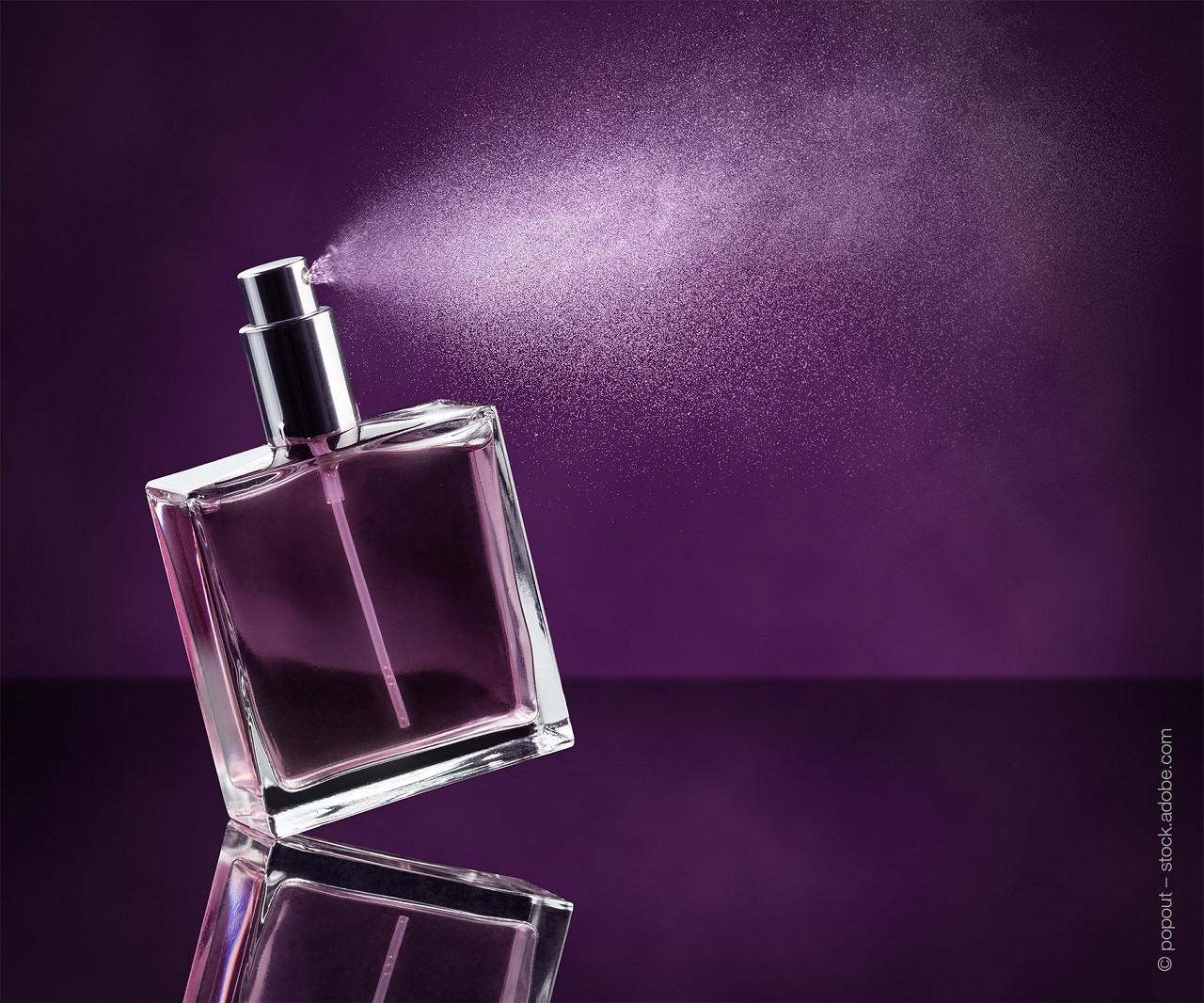The relevance of fragrances and their chemical analysis
Spring began in Europe on 20 March and nature enchants us with many fragrances. For us humans, the sense of smell is very important. Nowadays, a big perfume and fragrance industry has emerged, which has an estimated turnover of 50 billion US dollars(1) in 2025. This illustrates what fragrances are worth to us.
Mankind use products that contain fragrances, e.g. to have pleasant scents in rooms such as shopping malls, private rooms at home or cars. Most importantly, we want to scent ourselves, and that is why fragrances are found in detergents, cleaning agents and cosmetic products. In addition to personal care products such as soap, shampoo, body lotions and creams, so-called perfumes are very popular.
Perfumes are aromatic compounds dissolved in a solvent (usually ethanol or a mixture of water and ethanol). In addition to brand names, perfumes are also designated and classified differently on the basis of their composition and concentration of essential oils or aromatic substances. Due to these differences, perfumes can also have a different long-lasting scent and different scent intensity(2).
Types of perfumes by perfume concentration(3):
- 15 – 40 % “Parfum”,“Extrait de Parfum”, "pure perfume” or “Elixir": It is the most expensive variant.
- 15 – 30 % Esprit de Parfum (EsdP): It is a rare concentration on the market, but it is famous because it is a concentration of Dior
- 10 – 20 % Eau de Parfum (EdP), Parfum de Toilette (PdT)
- 5 – 15 % Eau de Toilette (EdT): Most common concentration which is used to make a cheaper and more affordable variant of more expensive perfumes
- 3 – 8 % Eau de Cologne (EdC): It originated in Cologne (Köln), Germany and was mixed for the first time by Johann Maria Farina in 1709.
- 1 – 3 % Splash and aftershave : Their scent doesn’t last long.
Good time to ask: What smells so good?
Finding an answer to this question requires chemical analysis. Gas chromatography (GC) is one of the most important analytical techniques in the fragrance industry. The analysis of perfume formulation, including quality control and trace analysis is primarily performed by GC. Due to the complexity of perfumes, GC columns are used that provide maximum resolution rather than minimum analysis time.
The following GC applications demonstrate how the OPTIMA δ-6 GC column can separate perfume ingredients:
Access to application: Perfume standard
Access to application: Commercial perfume
The fragrances have various sources. Mostly plant-based from nature, but also synthetic and in the past also of animal origin. However, the fragrant world can also have negative effects for some people: Allergies can be triggered. Some fragrance components are known to cause allergies(4). Substances of particular concern include:
Frequently reported
- Benzyl alcohol
- Benzyl salicylate
- Cinnamal
- Citral
- Coumarin
- Eugenol
- Geraniol
- Hydroxycitronellal
- Isoeugenol
Less frequently reported
- Anisyl alcohol
- Benzyl benzoate
- Benzyl cinnamate
- Citronellol
- Farnesol
- d-Limonene
- Linalool
Therefore it is mandatory in the European Union that these potential contact allergens be indicated on the label of cosmetic products(5). Sensitive consumers may want to avoid these products.
References:
(1) https://www.statista.com/statistics/259221/global-fragrance-market-size
(2, 3) https://www.fragrancescience.com and https://www.perfumersworld.com
(4, 5) European Commission

